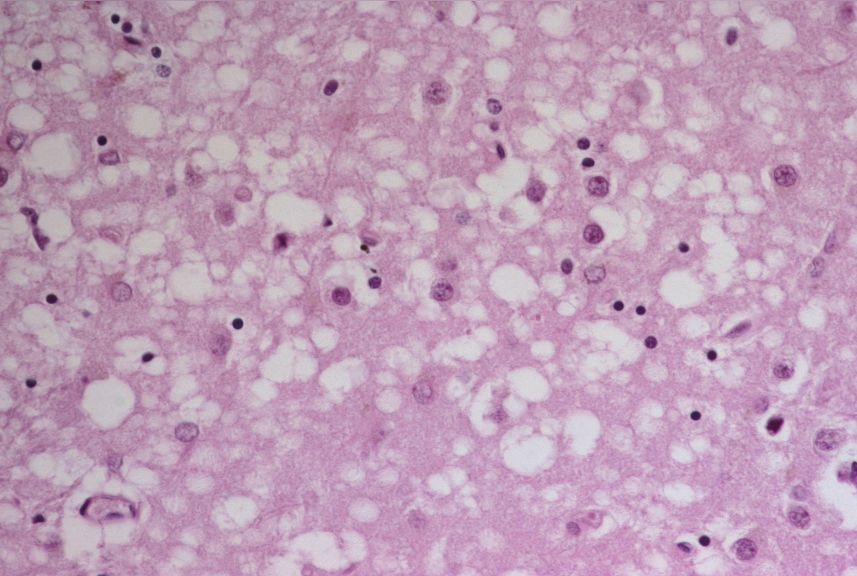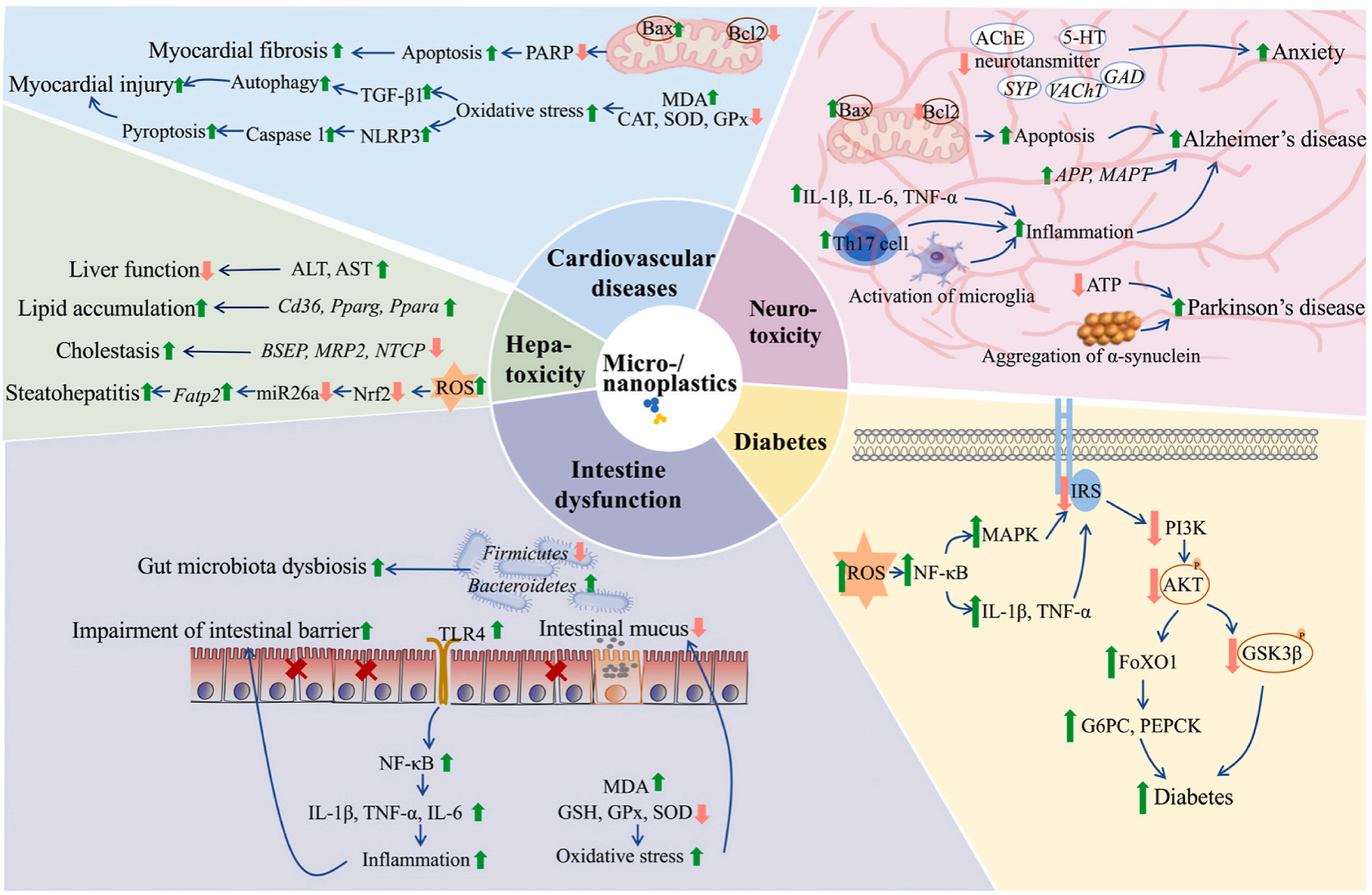2025-05-28 イェール大学
A neuronal model of Creutzfeldt-Jakob disease begins to reveal how latent infections activate and trigger neurological decline.
<関連情報>
- https://medicine.yale.edu/news-article/understanding-how-a-rare-brain-wasting-disease-hides-in-neurons-for-decades/
- https://journals.plos.org/plosone/article?id=10.1371/journal.pone.0323825
正常およびクロイツフェルト・ヤコブ病病原体(CJ)感染ラット中隔神経細胞において増殖停止が神経分化と自然免疫応答を誘導する Proliferative arrest induces neuronal differentiation and innate immune responses in normal and Creutzfeldt-Jakob Disease agent (CJ) infected rat septal neurons
Nathan Pagano,Gerard Aguilar Perez,Rolando Garcia-Milian,Laura Manuelidis
PLOS One Published: May 28, 2025
DOI:https://doi.org/10.1371/journal.pone.0323825
Abstract
Rat post-mitotic septal neurons, engineered to reversibly proliferate and arrest under physiological conditions, can be maintained for weeks without cytotoxic effects. Nine representative independent cDNA libraries were made to evaluate global arrest-induced neural differentiation and innate immune responses, e.g., upregulated interferon (β-IFN) RNA, that were previously identified in normal uninfected and Creutzfeldt-Jakob Disease agent (CJ) infected septal neurons. This reversible cell model encompassed a non-productive latent (CJ-) and a highly infectious (CJ + , 10 logs/gm) state. Arrest of normal uninfected neurons upregulated a plethora of anti-proliferative transcripts and known neuronal differentiation transcripts (e.g., Neuregulin-1, GDF6 and Prnp). As expected, many activated IFN innate immune genes were simultaneously upregulated (e.g., OAS1, ISG20, CD80, cytokines, chemokines and complement) along with clusterin (CLU) that binds misfolded proteins. Arrest of latently infected CJ- cells induced even more profound global transcript differences. CJ+ cells markedly downregulated the anti-proliferative controls seen in arrested normal cells. CJ+ infection also suppressed neuronal differentiation transcripts, including Prnp which is essential for CJ infection. In contrast, IFN and cytokine/chemokine pathways were strongly upregulated. Analysis of the 342 CJ+ unique transcripts revealed additional innate immune and anti-viral-linked transcripts, e.g., Il17, ISG15, and RSAD2 (viperin). These data show: 1) innate immune transcripts are produced by normal neurons during differentiation; 2) CJ infection enhances and expands anti-viral responses; 3) non-productive latent infection can epigenetically imprint many proliferative pathways to thwart complete arrest. This rare cell model of latent infection is fundamental for interrogating triggers of late onset disease that are also relevant for Alzheimer’s Disease. Peripheral human blood and intestinal myeloid cells that are latently infected may also be conditionally stimulated in vitro to produce CJ+ linked diagnostic transcripts.



